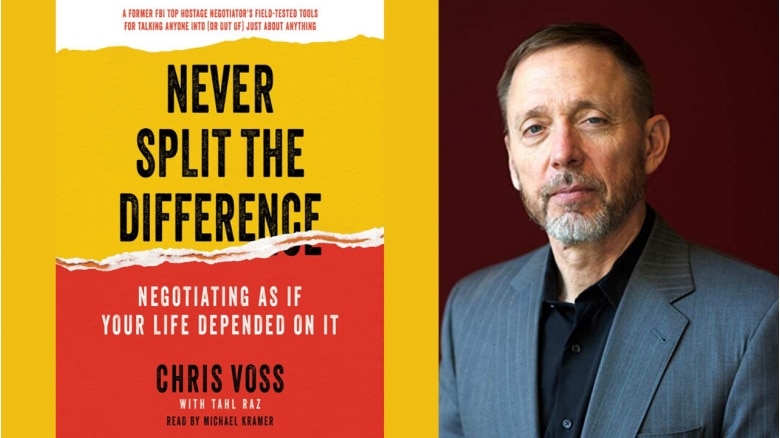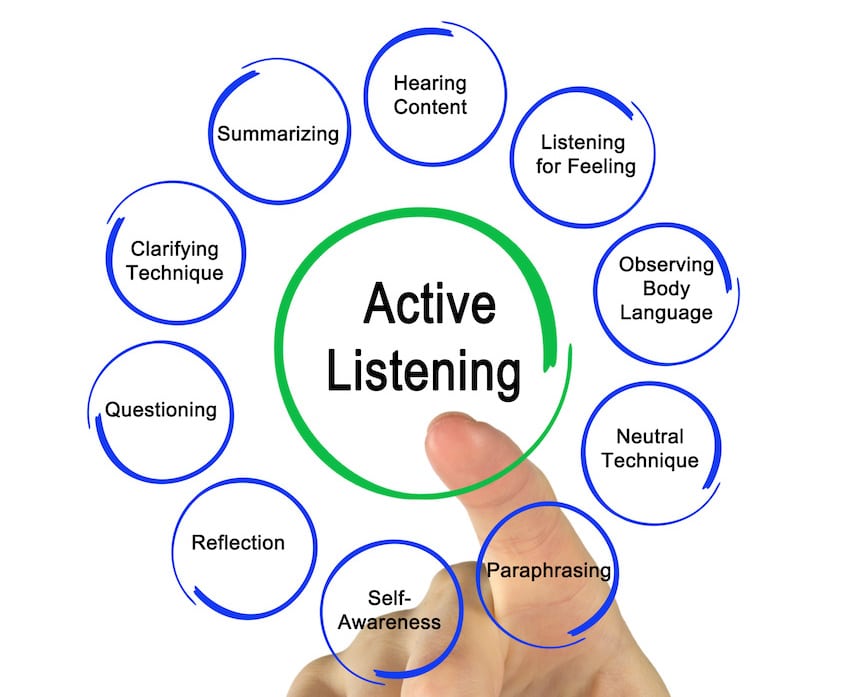How a book transformed my perspective on successful negotiation
My career started in sales, and I quickly realized that I was not equipped for success. I had been formally trained. I even graduated from my business school with a major in International Sales and Marketing! Yet, it did not really prepare me for the central aspect of selling: the art of negotiation. Over the years, I attended different training programs, read many books. I tried to believe in the widespread win-win mentality prevalent in US society, but it only gave me a false sense of success.
Whatever I did, I still felt unprepared for impactful negotiations. This was quite embarrassing, as negotiation is at the heart of everything we do as a social human being—no need to be in sales.
Life is a continuous negotiation. Yet we tend to underplay the role of great negotiation. Many of us are “pleasers” and avoid conflict, or just don’t dare and trade negotiation for peace of mind.
As I progressed in life, my consensus-driven style, based on rational thinking and the quest for a happy medium, started to show real limitations. There’s no such thing as a “fair” compromise! It just didn’t work!
Never split the difference!

One day I stumbled upon an excellent book co-authored by Chris Voss and Tahl Raz: Never Split the Difference – Negotiating As If Your Life Depended On It. It didn’t necessarily change my life but helped crystallize many of the thoughts I had accumulated over the years. I’m not sure I would have been fully ready for such a book when I was 20, but I know it can help you become way more effective in the Art of Negotiation.
The author didn’t grow into academia. He operated in extreme situations as the former FBI lead international kidnapping negotiator. The kind of negotiation with a radical outcome, like life or death. His central theme is that we are far from being rational beings. As such, tactical empathy (what he describes as emotional intelligence on steroids) is the foundation for successful negotiation with other human beings.
Here are the few takeaways I got from the book and why they matter to me:
Take your active listening to the next level

The vast majority of human beings on earth want to be accepted and understood. With this in mind, active listening is a powerful technique you can use to demonstrate empathy. But Chris Voss takes it to the next level, explaining that great negotiators are not overwhelmed by the typical back-and-forth you typically see in negotiations. They take the time (literally) to discover as many insights as possible from the other party. That, in itself, is a fantastic lesson:
Negotiation really starts by validating the other party’s concerns and emotions, building trust, and creating a safety net that allows for real conversations. It takes time, patience, and agility.
Chris Voss also highlights the importance of creating and maintaining a positive frame of mind and shares some simple mirroring techniques that can be very powerful. Mirroring is actually quite simple and consists of repeating the last few words or most critical ones the other party just expressed. It helps strengthen the bond and encourages them to talk even more, and eventually unveil their own strategy, to your benefit.
"Labeling" the other party's feelings is critical

Labeling is probably the most powerful lesson I got from the book. It reinforces empathy and helps de-escalate tension. Once you’ve spotted a strong emotion (negative or positive), you want to express it in a non-aggressive, non-judgmental way back to the other party. Sentences starting with “It seems like…”, “It looks like…”, “It sounds like…” will help there.
As you acknowledge the other party’s feelings with labeling, you actually diffuse negative emotions and reinforce the positive ones. Along these lines, summarizing and repeating the other party’s concerns is a sure way to reach some breakthrough in the negotiation. In other words, using a vocabulary like “That’s right” associated with a good summary that labels the other party’s feelings will go a long way.
When "Yes" actually means "No"

This one is probably the most fascinating to very rational thinkers like me! Much is hidden, and it takes effort to correctly interpret the other party’s state of mind. Chris Voss deconstructs the different types of “Yes” you might encounter:
- Counterfeit : the other party actually plans on saying “No” but feels that a “Yes” is an easier way to escape.
- Confirmation: a generally innocent, reflexive response to a straightforward question, with not much meaning on the course of the negotiation.
- Commitment: the one you’re looking for, leading to a definite positive outcome.
The challenge is to effectively recognize between these different flavors of “Yes.” Instead, Chris Voss highlights how powerful a “No” can be. He states that instead of being the end of the negotiation, it’s actually its start.
In a negotiation scenario, “No” provides an excellent opportunity to eliminate what the two parties don’t want. You can narrow down the focus on what really matters.
Bend their reality and create an illusion of control

Persuading the other party, they have something to lose if the deal falls through is paramount. People will take more risks to avoid any loss than to realize some gain. So, make sure the other party sees that there is something to lose by inaction.
The way you can do it is by “anchoring” their emotions. Let them go first with their offer and provide ranges of options to them with credible references. Non-monetary terms are also essential to include (like payment terms, add-ons…). So, offer more of them, especially if they’re not so important to you (yet, critical to the other party.
The next step is to provide the illusion of control. A recommended approach, which belongs to the typical arsenal of empathy techniques, uses calibrated questions to transform conflict into collaboration. Using open-ended questions starting with “what” or “how” (not “why”!), you take the opportunity to educate the other party on what the problem is, rather than being too directive. Here are typical calibrated questions Chris is referring to:
- What about this is essential to you?
- How would you like me to proceed?
- What brought us into this situation?
- How can we solve this problem?
- What are we trying to accomplish here?
- How am I supposed to do that?
I particularly like the last one! It’s perfect for making the other party feel like they’re in charge while you’re really the one driving the conversation!
In conclusion
Negotiation is challenging and actually impossible as long as you keep seeing things through an analytical lens. Once you get the power of empathy and start to use it to better understand where the other party is coming from, it opens the door to real negotiation.
Many books have covered the art of negotiation, but I advise you to try Chris Voss’s masterpiece if you haven’t read it yet. Admittedly, I liked the first part of the book a lot more because it highlights how the proper practice of empathy will get you to a “YES.” Yes, the whole piece brings to light many other aspects of negotiation and offers comprehensive practical tools and techniques.
I’m genuinely interested in getting your feedback on this topic! How successful have you been with your own negotiation efforts? Which other considerations worked for you? Just comment on this blog or drop me a note on The Product Sherpa site!
